
Discover more at The Vyne
Find out when The Vyne is open, how to get here, the things to see and do and more.
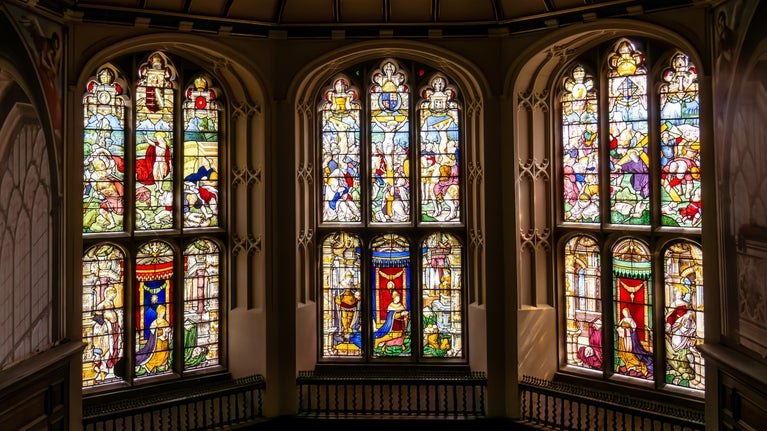
The Vyne was once one of the most important Tudor houses in Hampshire. For over 500 years, it was owned and shaped by just two families, the Sandys and the Chutes. Each generation enriched the property, resulting in an incredible collection and range of architecture and interiors, demonstrating the highest quality in design and craftsmanship.
The first records of the Vyne estate date to 1362, with descriptions of a manor house and a chantry chapel founded in 1337. By the end of the 1300s, Sir John Sandys (d. 1395), sheriff of Hampshire, owned the estate. In 1496, William Sandys (1472–1540) inherited the estate and changed its fortunes entirely.
William Sandys was an important statesman in Tudor England. He was present at several significant events during Henry VIII’s reign. In 1514 he escorted Mary, the king’s sister, to France for her marriage to Louis XII. William was made treasurer of Calais in 1517, and the following year was made a Knight of the Garter. In 1520, he played a leading role in organising the Field of the Cloth of Gold, the grand festival in Calais where Henry met his French rival, François I.
In 1523, William was made 1st Baron Sandys and three years later he was appointed Lord Chamberlain. This position wielded considerable power. His marriage to Margery Bray (d. 1539) was both financially and socially advantageous. He soon began to remodel the The Vyne into a grand Tudor house.
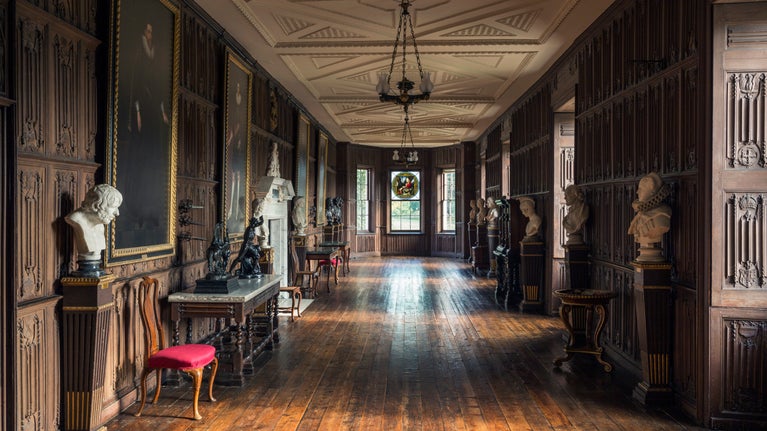
In 1542, the antiquarian and historian John Leland described The Vyne as ‘One of the principle houses in all of Hamptonshire.’ The mansion was two thirds bigger than it is today. There is no surviving evidence of formal gardens from this period, however it’s likely there was a scheme given the grandeur of the house. High-quality craftsmanship can be seen in the Oak Gallery, with its paneling of crests of notable Tudor figures, and in the Chapel, described by architectural historians as one of the most perfect private chapels in England.
William was loyal to his king despite remaining a lifelong supporter of Catherine of Aragon. He was present at the coronation of Henry’s new wife, Anne Boleyn, and hosted them at The Vyne on their royal progress of 1535. He was gifted Mottisfont Priory in Hampshire during the dissolution of the monasteries. When he died in 1540 the family increasingly used it as their country house.
Following William’s death, few improvements were made to The Vyne. In 1601 the 3rd Baron Sandys (d. 1623) was fined £5000 for supporting the rebellion led by the Earl of Essex . He was held in the Tower of London and later confined to house arrest. In his absence, Elizabeth I hosted the French ambassador and his 400-strong entourage at The Vyne. The Sandys family’s fortunes were decimated and The Vyne suffered a parallel decline. The only apparent building work was the erection of two summer houses in the 1630s. One remains today and the other was demolished by 1776. In 1653, the 6th Baron Sandys (1626–68) sold The Vyne to Chaloner Chute (1595–1659).
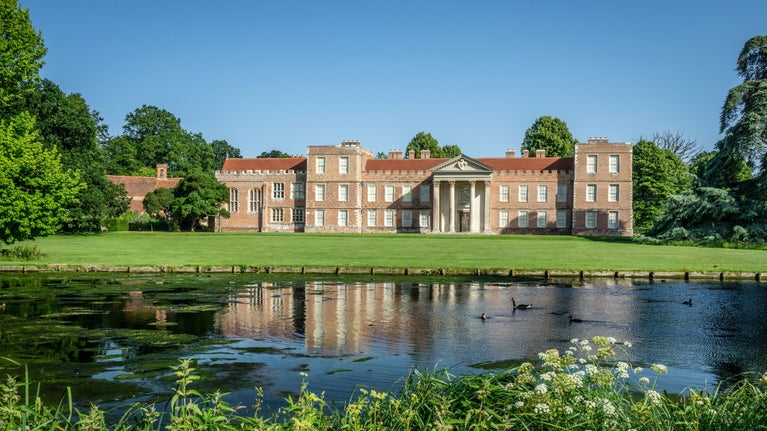
Chaloner Chute was a lawyer whose political navigation during the Civil War earned him respect from both sides. He employed John Webb, one of the finest classical architects of the time, to redesign The Vyne. Two thirds of the Tudor complex were demolished and replaced with a classical façade and Portico, the earliest example on a country house in England. Chaloner was elected Speaker for the House of Commons in 1659, but died three months after his appointment.
Although the estate passed to his son, Chaloner II (1630–66), it was his second wife, Dorothy, Lady Dacre (1605–98), described by her family as ‘scurvy, foolish and relentlessly vindictive,’ who had the biggest impact. Aggrieved by the settlement, she took her stepson to court for £5000 plus damages. She won and bailiffs were stationed at The Vyne for the next 19 years. Chaloner II and his wife, Catherine, Lady Dacre’s own daughter, were barred from the estate.
When Chaloner II died, Lady Dacre renewed her claim against her 10-year-old grandson, Chaloner III (1656–85). He paid £2000, allowing him to live at The Vyne, but he died shortly afterwards. The new heir, Edward (1658–1722), paid the remaining debt. Lady Dacre died aged 93, having outlived three generations of Chute men.
Anthony Chute (1691–1754) inherited in 1722, but it was his brother John (1701–76) who made the greatest impact at The Vyne. The youngest of ten siblings and therefore unlikely to inherit, he spent much of his time in Italy. He was an accomplished draftsman with a keen eye for design. While in Europe, he purchased some of the finest items in the collection, such as the Pietra Dura casket, Lattimo plates, and the Study of Putti by Giovanni Francesco Barbieri.
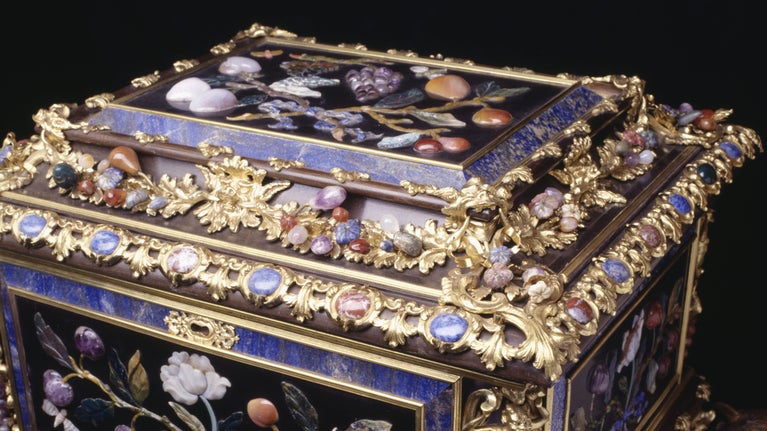
During his travels he met antiquarian, writer and politician Horace Walpole. Walpole invited John to join his ‘Committee of Taste’, and to assist with alterations to his London house, Strawberry Hill. It was at this time John began planning his own alterations for The Vyne.
John’s plans for The Vyne show that he experimented with vastly different aesthetic styles. His struggle is highlighted in his portrait by Gabriel Mathias, where he is shown clutching his plans for Gothic alterations in front of the classical portico.
John’s Gothic exterior was never carried out, but there were major changes to the interiors. The brocatelle wall hangings were hung, the Ante Chapel was Gothicised and the Tomb Chamber was designed to evoke a medieval chancery chapel. The biggest transformation was the Neo-classical Staircase Hall and John’s designs still exist at the Lewis Walpole library at Yale University.
The earliest evidence of formal gardens at The Vyne can be seen in an 18th-century painting of Anthony’s dog, Chalons. They include a parterre and bowling green. By 1776, these had been removed. The William Moss estate map, which dates to 1766, shows pleasure grounds and a shrubbery among many other landscape elements set out by John Chute.
The Regency period saw no major changes at The Vyne. William John (1757–1824) and his wife Eliza (d. 1842) engaged with local society, including with Jane Austen and her family who lived nearby in Steventon. Jane’s eldest brother was the rector for Sherborne St John and Jane visited and dined at The Vyne. She played cards and danced at local balls with William John’s younger brother, Thomas.
When the brothers died the estate passed to their cousin, William Wiggett (1800–79) who was also the brother of their adopted niece, Caroline (1799–1881). On inheriting, he took the name Chute and from the 1840s undertook essential repairs, transforming The Vyne into a family home.
William and his wife Martha (d. 1888) had eleven children. Their life at The Vyne is depicted in family watercolours. William’s many alterations to the house saved the property from disrepair. He relocated fireplaces and ceilings and created the present library, adding cornices to the bookcases taken from the family pew in the church. He made several alterations, including installing a network of paths in the grounds and redirecting the road to Bramley.
William’s heir, Chaloner (1838–92), authored A History of The Vyne in 1888.
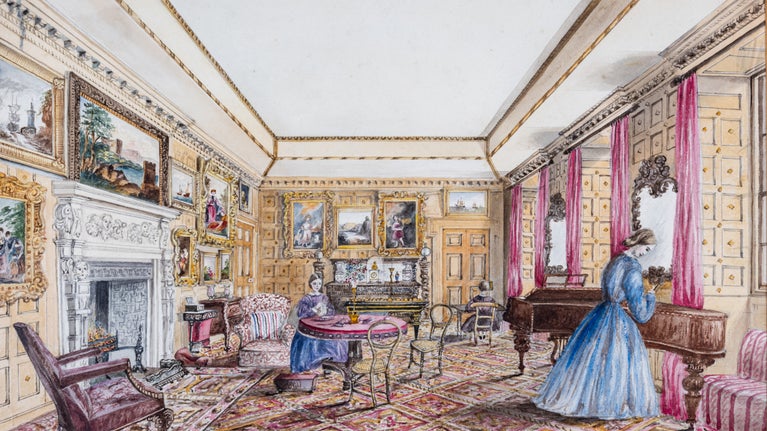
Charles Chute (1879–1956) inherited when he was 13, following the death of his father Chaloner. The Vyne was let to the Leyland Family while Charles practiced law in London. In 1920 it was let again, becoming a girl's’ boarding school.
Charles and his siblings all served in the First World War. In 1918 Charles was awarded the Military Cross for gallantry.
During the Second World War the Chutes returned to The Vyne and the house became a boarding school to boys from Tormore School in Kent. Charles chaired the Hampshire War Agricultural Executive Committee and received a baronetcy in 1952 in recognition of his services to the country.
With no heir, and faced with the responsibility and cost of keeping the estate in good order, Charles decided to bequeath the estate, house and collection to the National Trust upon his death in 1956.
The National Trust have undertaken several large-scale projects including £5.4m of roof repairs in 2016. The Tudor glass in the Chapel featuring Henry VIII, the 1720 Soho tapestries and the 1520s Oak Gallery panelling have all been the focus of recent conservation projects.
Earl of Essex rebellion Elizabeth I and the Earl of Essex | Royal Museums Greenwich (rmg.co.uk).
Knight of the Garter The Order of the Garter | The Royal Family.
Lattimo Plates Plate 718641 | National Trust Collections.
Study of Putti A Study of Putti for the Madonna del Rosario, Osimo 2900386 | National Trust Collections.
The Field of Cloth of Gold The Field of Cloth of Gold | Hampton Court Palace | Historic Royal Palaces (hrp.org.uk).

Find out when The Vyne is open, how to get here, the things to see and do and more.
The Sandys and Chute families made The Vyne their home for over 500 years. They accumulated beautiful and important objects and made significant changes to the house during their lives. Enjoy the collection in opulent state rooms and humble servants’ quarters. Read on for more information.
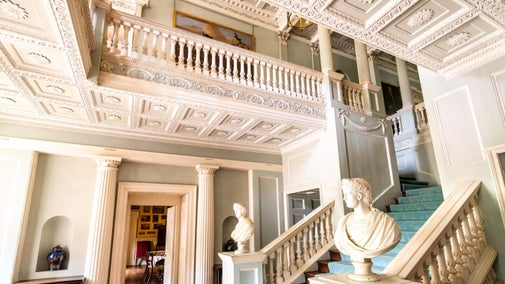
Discover what to see and do in the garden all year round at The Vyne. Explore the historic summerhouse, see what’s growing in the walled garden and take a walk by the lake.
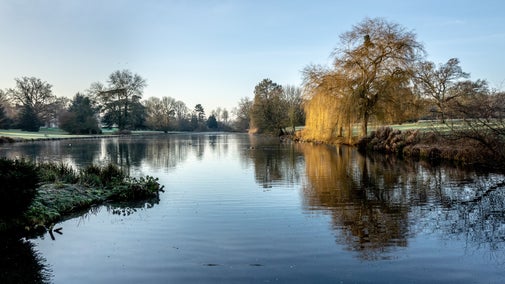
Find out about volunteering with the team at The Vyne. Currently recruiting for a range of opportunities across the house and estate, find out how you could help protect this special place.

Find out more about hidden scribbles and drawings in this historic library collection. Discover who drew a cyclops head in a 250-year-old book and which book was chosen to write measurements for home improvements in 1746.

Learn about people from the past, discover remarkable works of art and brush up on your knowledge of architecture and gardens.

Explore the objects and works of art we care for at The Vyne on the National Trust Collections website.
